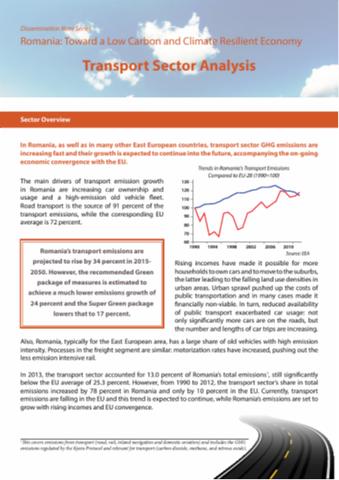Sub-decree on Phnom Penh Land Use Master Plan for 2035
The objective and strategy-oriented development goal of Phnom Penh urbanization aim to:
- Orient land usage and ensure the existing potential value of the Phnom Penh capital city in sustainable, efficient and equitable ways, in order to support the socio-economic development, ensure food security, pulchritude and environmental quality.
- Orient the development with equality, equity and correspondence between Phnom Penh capital city, city, provinces of the country and other states’ cities.





